Volvo Cars switches to biodiesel for ocean freight; cutting fossil CO2 emissions by 84%
Green Car Congress
JULY 5, 2023
Every year tens of thousands of containers of production material destined for Volvo Cars factories are carried across the world’s oceans on container ships. Due to the renewable fuel, CO 2 emissions are reduced by at least 84% (Well-to-Wake, WTW) compared to fossil fuel. No feedstock related to palm oil or palm oil production is used.


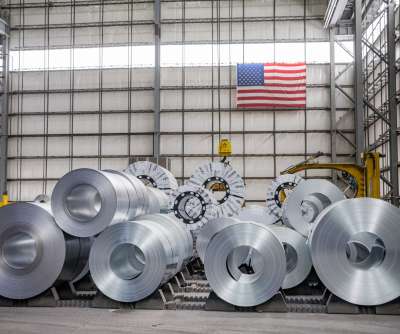
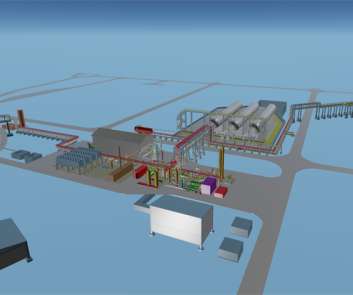
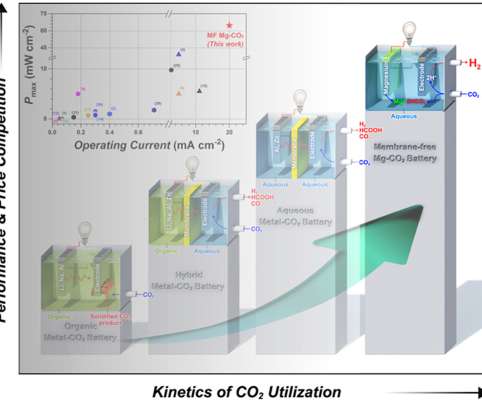

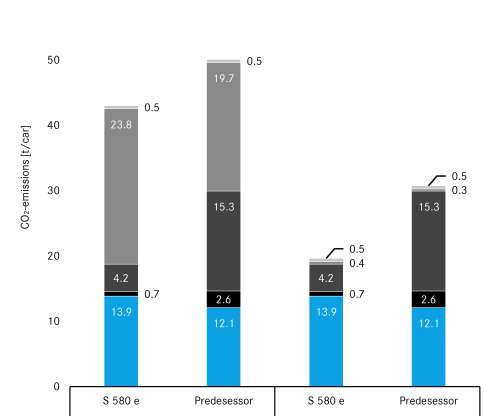
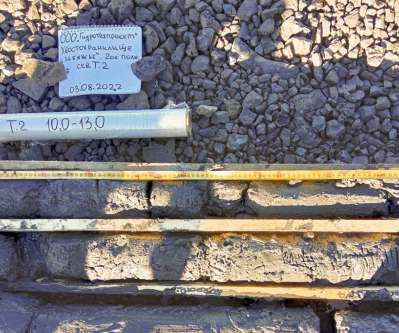
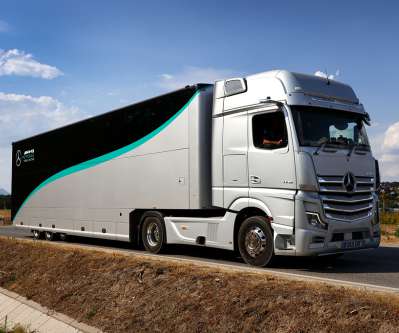




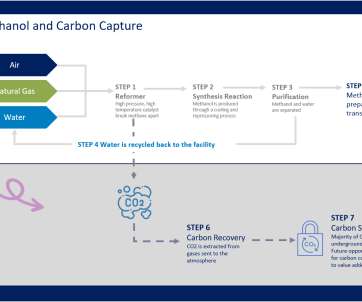




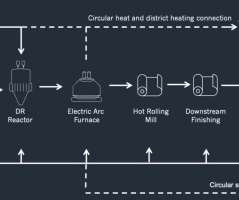
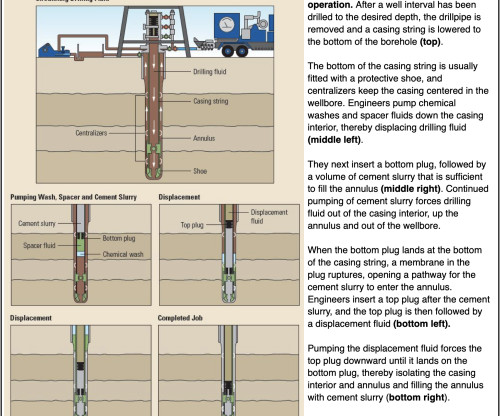






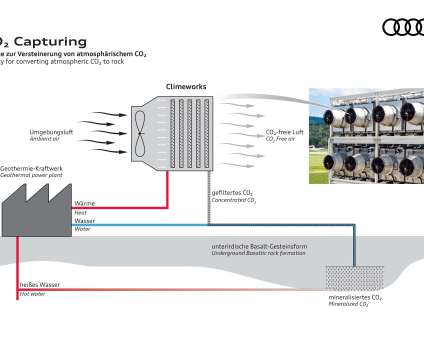










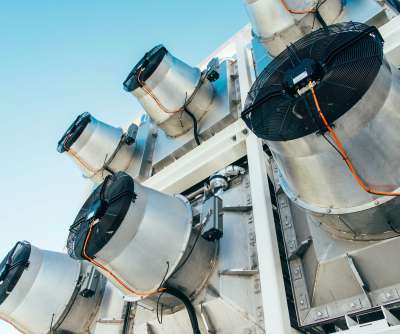

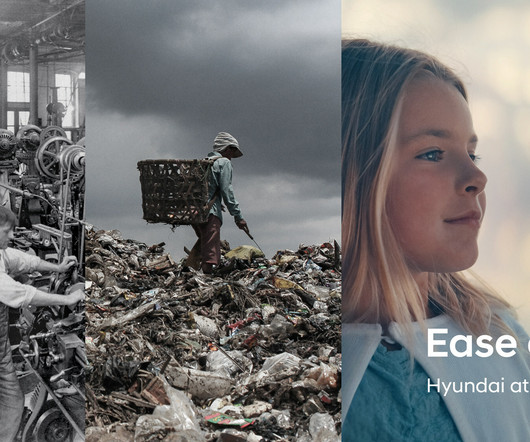









Let's personalize your content